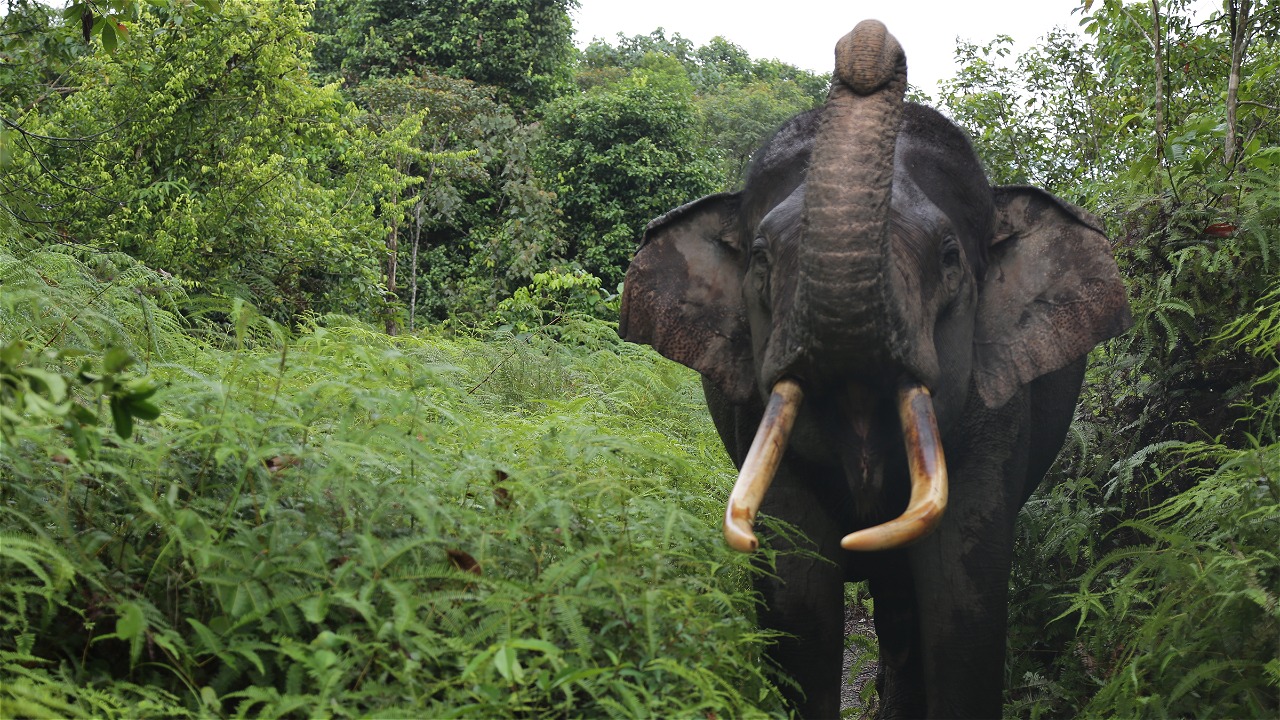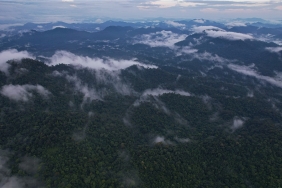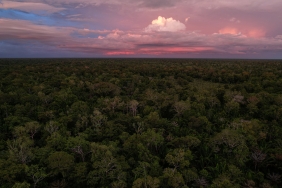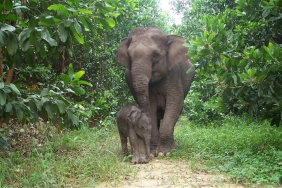THE STORY OF SUMATRAN AND WHITE ELEPHANTS IN GAYO LAND
By: Nur Arinta
The Sumatran elephant (Elephas maximus sumatranus) is one of four elephant subspecies in Asia. It is the smallest of the Asian elephant subspecies, and can survive up to 70 years in the wild. Unfortunately, the threats faced by Sumatran elephants are numerous. Poaching elephants for their ivory, deforestation that makes them lose their homes, and conflicts that occur between elephants and humans become a nightmare for this animal that is characterized by its wide ears and trunk. Based on the red list of IUCN, an international conservation organization, the status of Sumatran elephants is now in critical condition (critically endangered). Currently, the population of Sumatran elephants is estimated at 2,400-2,800 individuals in the wild.
The Sumatran elephant is an "umbrella species" for its habitat, due to its vast range of up to 166 km2. This means that if we save the Sumatran elephant, we automatically save the forest as large as its range and all the living things that live in it. In addition, elephants also play an important role in forest regeneration. In one day, an elephant can consume 136 kg of food from grass, tree bark, tree roots, and fruits. The seeds of the fruits eaten by the elephant will be dispersed by the elephant through its feces throughout the forest area it passes through. This is what helps the natural regeneration of the forest.
Speaking of elephants, Aceh has a culture that has a story about elephants in one of its dances, the Guel dance. Quoted from the website negerikuindonesia.com, Guel dance is one of the traditional dances that has very distinctive and meaningful movements. Even when this dance is performed, the impression of magical nuances will be attached and very pronounced. This Guel dance is often performed at traditional ceremonies that are often organized by the Aceh Gayo community.
According to folklore in Gayo, this dance was first performed by Sangeda, the son of King Linge XIII who dreamed that he met his deceased brother Bener Meria. In his dream, Bener Meria gave instructions to Sangeda to get a white elephant so that it could be presented to the Sultan of Aceh, because the Sultan's daughter really wanted to have the white elephant.
To get the white elephant, Sangeda and the Gayo people had to perform prayers, tirakat, and kenduri by the lake near Bener Meria's grave. After that, Sangeda performed a dance in accordance with the dance that Bener Meria performed in his dream. Sangeda danced while accompanied by music and sang a very sad song. While Sangeda was dancing, the Gayo people were surprised by the presence of a white elephant that approached the procession. Sangeda then approached the white elephant and did what Bener Meria had shown him in his dream to tame the elephant. After that, Sangeda brought the white elephant and handed it over to the Sultan of Aceh. This event was the beginning of the Guel dance.
This dance is usually performed by a group of male and female dancers consisting of eight female dancers and two male dancers. In its performances, this dance is usually accompanied by traditional music and traditional songs with themes of sadness and pain. While the clothes used by the dancers when performing this dance are typical Gayo traditional clothes, which are commonly called kerawang clothes.
In legend, the white elephant was tamed and presented to the Sultan of Aceh, but in reality the Sumatran elephant is a wild animal protected by Indonesia. Law No.5 of 1990 states that protected wildlife is not allowed to be hunted, harmed, kept, and traded. If it is proven that anyone does this, they will get a maximum sentence of 5 years imprisonment and a fine of IDR 100 million.
Serious threats faced by Sumatran elephants, such as poaching for ivory and conflict with humans, are factors that greatly affect the population of Sumatran elephants. The fate of elephants is now very alarming. If these threats continue, it is not impossible that they will become extinct and Indonesia will lose this large tusked mammal.
It's not too late, we can change the plight of elephants for the better. We can start by not being consumers of ivory-derived products and reporting to law enforcement if we find poaching and/or ivory trade practices. Also, start by not clearing land in forest areas that become elephant range, to avoid conflict with elephants. Let's save elephants and support their conservation efforts!





